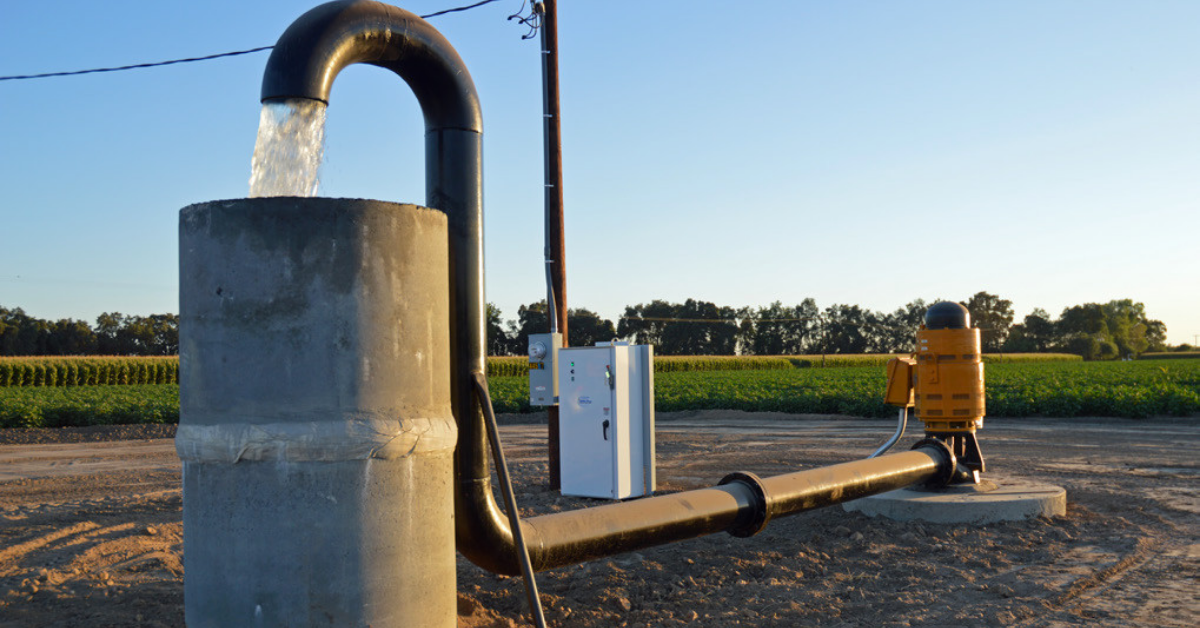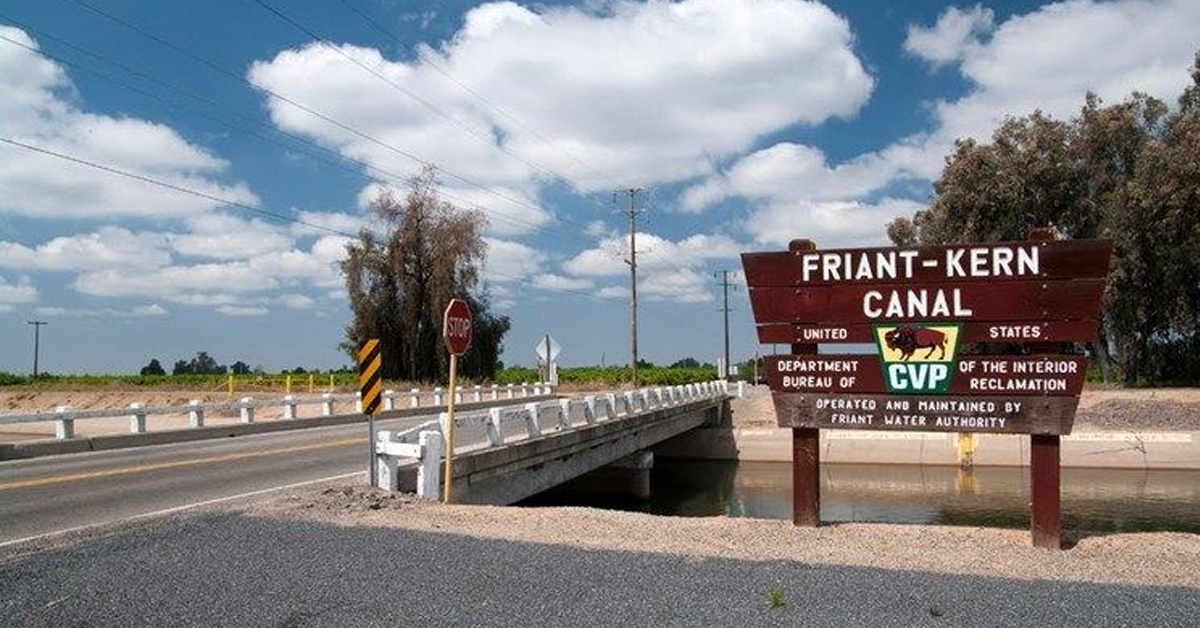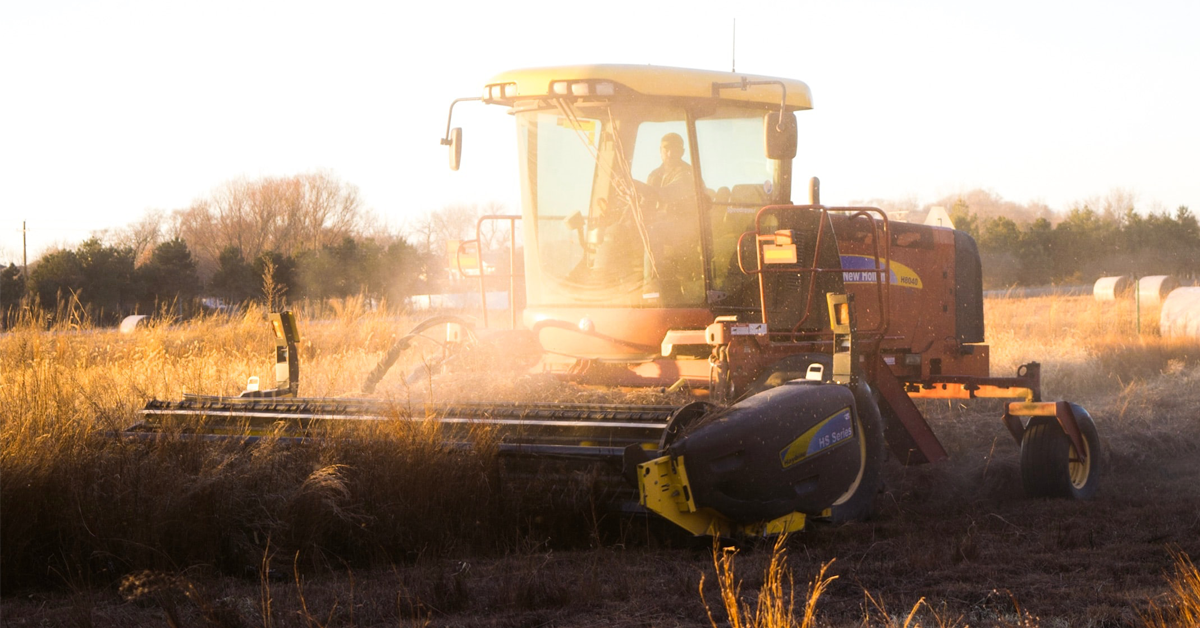A recent study from NASA’s Jet Propulsion Laboratory in Pasadena revealed for the first time the amount of mountain groundwater from winter rain and snow that enters the Central Valley.
The Jet Propulsion Laboratory has developed the capability of weighing water at the surface using GPS over the past several years by measuring how land surfaces rise and subside.
The big picture: Water that filters through soil and fractured rock below the Sierra Nevada mountains delivers an average of four million acre-feet of water to the Central Valley annually, the study found.
- The underground source of water, which was previously unmeasured before the study was released, accounts for about 10 percent of all water that enters the Central Valley every year.
Go deeper: Groundwater volume fluctuates more widely between dry and wet years than had been previously understood, the study revealed, with the Central Valley losing about 1.8 million acre-feet of groundwater annually from 2006-2021.
- Scientists found that about 30 percent of precipitation in the Sacramento-San Joaquin-Tulare River basin in fall and winter is stored as subsurface water. In the spring and summer, subsurface water evaporates and moves from the Sierra Nevada to the Central Valley.
What they’re saying: “We now know how much groundwater is going into and coming out of the aquifers during each season of the year, and during periods of drought and episodes of heavy precipitation,” NASA Scientist Donald Argus said.











